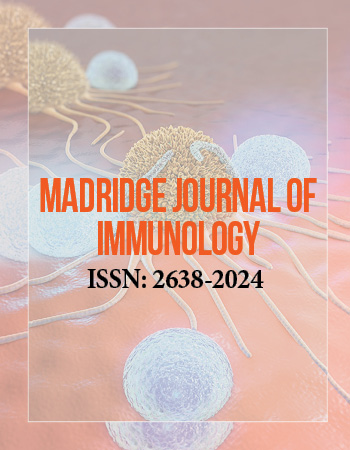International Conference on Immunology and Immunotechnology
November 1-3, 2017 Barcelona, Spain
Parasite-Host Interaction in the Plasmodium Vivax Malaria from Brazilian Amazon Region: Immunological Clues and the Parasite Density
1Neurosciences and Cell Biology of the Federal University of Para, Brazil
2Evandro Chagas Institute/Health Ministry, Federal Fluminense University, Brazil
3Postgraduate Program in Biology of Infectious and Parasitic Agents of the Federal University of Para, Brazil
4Institutional Scholarship Program/Evandro Chagas Institute/Health Ministry, Brazil
Background: P. vivax is the most prevalent species in the Brazilian Amazon region. A growing body evidences indicates that the immunity is important in the outcome of P. vivax infection. Single-nucleotide polymorphisms (SNPs) in cytokine genes can alter the production of these proteins and consequently affect the parasite density, which has been recognized as an important factor in the outcome of malaria infection.
Materials and Methods: We investigated whether SNPs in cytokine genes are associated with parasite density in 50 malaria patients and 79 healthy individuals from Itaituba, municipality situated on southwest of Para state. Three SNPs, TNFA -308G/A (rs1800629), INFB +874T/A (rs2430561), IL6 -174G/C (rs1800795) and the haplotype IL10 -1082G/A (rs1800896), -819C/T (rs1800871) and -592C/A (rs1800872), were analyzed by PCR-SSP. The parasite density was determined by counting the number of parasite in 100 separate fields and converted to the number of parasites per microliter of blood assuming 8,000 leucocytes/ µL. The existence of association was determined by Mann-Whitney test, with level of significance of 0.05, using Graph-Pad Prism software, version 6.0.
Results: Parasite density levels ranged from 30 to 60,000 parasites/ mm3 (10910.4 ± 14406.25) and all SNPs tested were in HardyWeinberg equilibrium. No significant association was found between the SNPs tested and parasite density.
Conclusions: Due to the obvious importance of cytokine effects on malaria, studies that elucidate the complex host-parasite interaction may be useful for understood pathophysiology. In the present study, the SNPs in cytokine gene appear to have no effect on the parasite density, since no association was found. The inclusion of a larger number of samples may confirm this assertion and therefore may have been a limitation of the study.
Keywords: Polymorphisms, Cytokine, Parasite Density, P. vivax.


